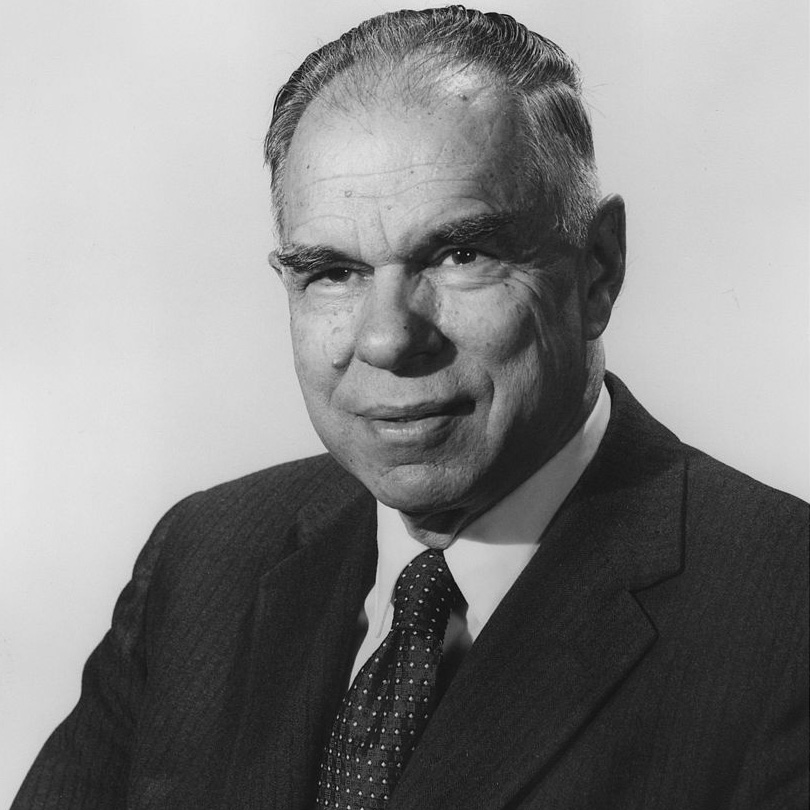Seaborgium
106
Sg
Groep
6
Periode
7
Blok
d
Protonen
Elektronen
Neutronen
106
106
156
Algemene Eigenschappen
Atoomnummer
106
Atomair gewicht
[269]
Massa Getal
262
Categorie
Overgangsmetalen
Kleur
n.v.t.
Radioactief
Ja
Genoemd naar Glenn Seaborg, Amerikaanse kernchemicus en Nobelprijswinnaar
Kristalstructuur
n.v.t.
Historie
Wetenschappers werkzaam aan het Joint Institute for Nuclear Research in Dubna, USSR rapporteerden hun ontdekking van element 106 in juni 1974.
Synthese werd ook gerapporteerd in september 1974 aan het Lawrence Berkeley Laboratory door de medewerkers van de Lawrence Berkeley en Livermore Laboratories onder leiding van Albert Ghiorso en E. Kenneth Hulet.
Het werd geproduceerd door botsingen van californium-249 met zuurstofatomen.
Synthese werd ook gerapporteerd in september 1974 aan het Lawrence Berkeley Laboratory door de medewerkers van de Lawrence Berkeley en Livermore Laboratories onder leiding van Albert Ghiorso en E. Kenneth Hulet.
Het werd geproduceerd door botsingen van californium-249 met zuurstofatomen.
Eletronen per schil
2, 8, 18, 32, 32, 12, 2
Electronconfiguratie
[Rn] 5f14 6d4 7s2
Er zijn 12 bekende isotopen van seaborgium
Fysieke Eigenschappen
Fase
Vast
Dichtheid
35 g/cm3
Smeltpunt
-
Kookpunt
-
Fusiewarmte
n.v.t. kJ/mol
Verdampingswarmte
n.v.t. kJ/mol
Specifieke Warmtecapaciteit
- J/g·K
Overvloedig aanwezig in de aardkorst
n.v.t.
Overvloedig aanwezig in het universum
n.v.t.

Verdiensten voor afbeeldingen: Wikimedia Commons (Atomic Energy Commission)
Het element is genoemd naar Glenn T. Seaborg, atoompionier en commissaris van de Atomic Energy Commission
CAS-nummer
54038-81-2
PubChem CID nummer
n.v.t.
Atoomeigenschappen
Atoomstraal
-
Covalentiestraal
143 pm
Electronegativiteit
-
Ionisatiepotentiaal
-
Atoomvolume
-
Thermische geleiding
-
Oxidatietoestanden
6
Toepassingen
Seaborgium wordt alleen gebruikt voor wetenschappelijk onderzoek.
Seaborgium is schadelijk vanwege zijn radioactiviteit
Isotopen
Stabiele isotopen
-Instabiele isotopen
258Sg, 259Sg, 260Sg, 261Sg, 262Sg, 263Sg, 264Sg, 265Sg, 266Sg, 267Sg, 268Sg, 269Sg, 270Sg, 271Sg, 272Sg, 273Sg